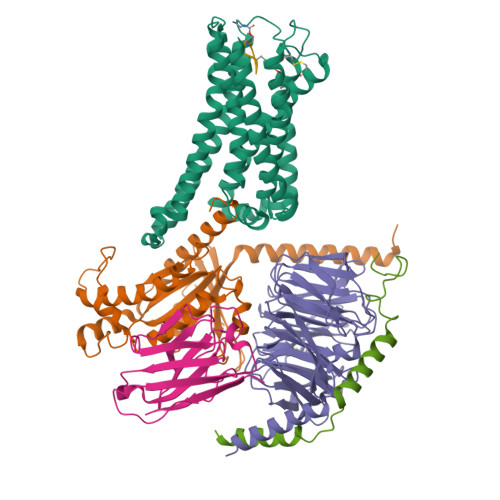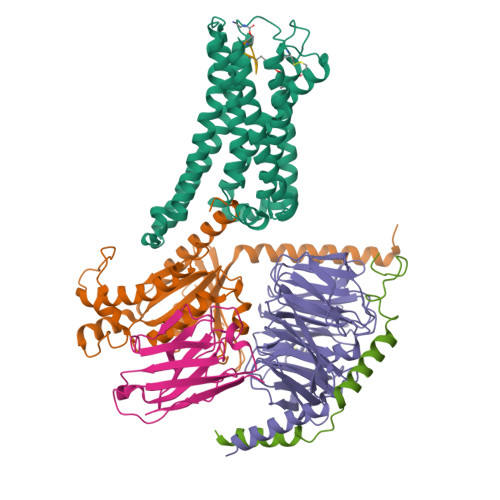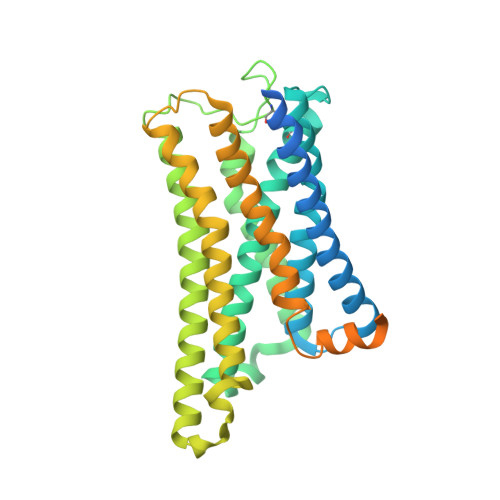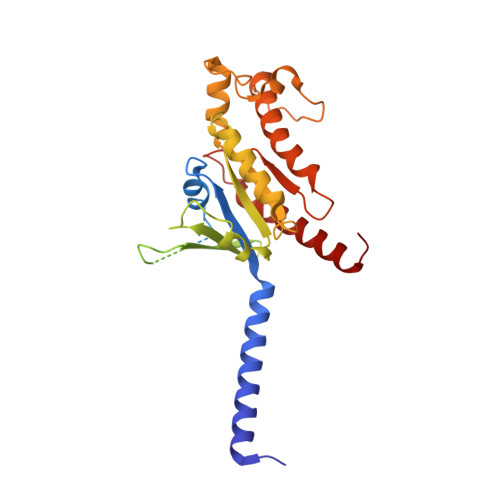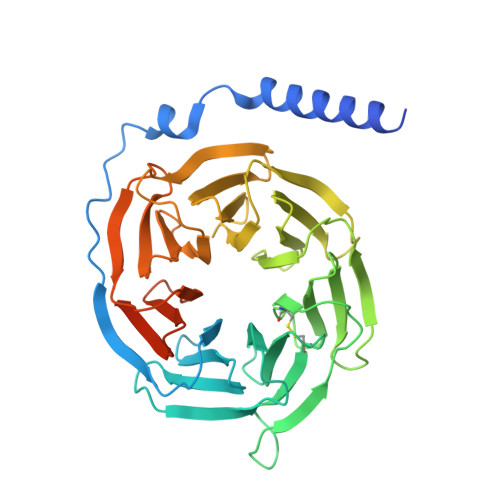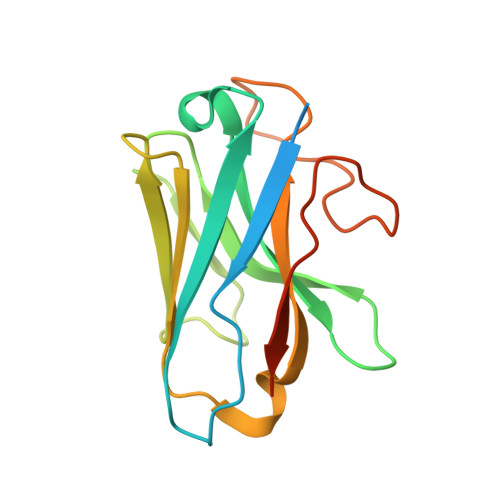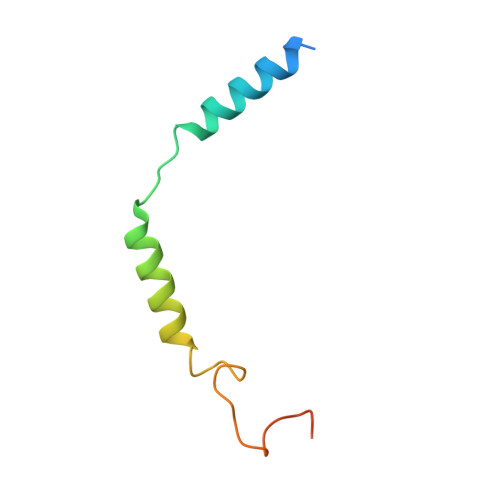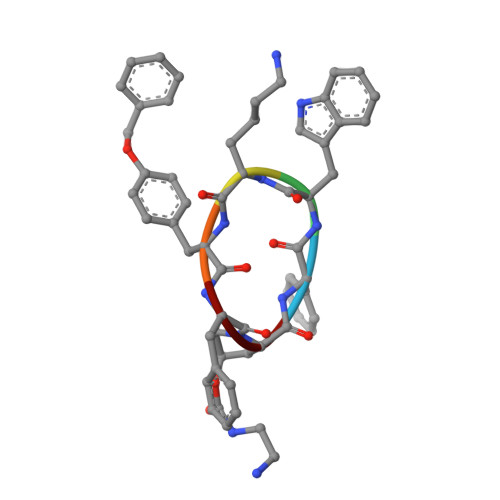Selective ligand recognition and activation of somatostatin receptors SSTR1 and SSTR3.
Wang, Y., Xu, Y., Wang, Y., Zhang, J., Chen, L., He, X., Fan, W., Wu, K., Hu, W., Cheng, X., Yang, G., Xu, H.E., Zhuang, Y., Sun, S.(2024) Proc Natl Acad Sci U S A 121: e2400298121-e2400298121
- PubMed: 39361640
- DOI: https://doi.org/10.1073/pnas.2400298121
- Primary Citation of Related Structures:
8XIO, 8XIP, 8XIQ, 8XIR - PubMed Abstract:
Somatostatin receptors (SSTRs) exert critical biological functions such as negatively regulating hormone release and cell proliferation, making them popular targets for developing therapeutics to treat endocrine disorders, especially neuroendocrine tumors. Although several panagonists mimicking the endogenous ligand somatostatin are available, the development of more effective and safer somatostatinergic therapies is limited due to a lack of molecular understanding of the ligand recognition and regulation of divergent SSTR subtypes. Here, we report four cryoelectron microscopy structures of G i -coupled SSTR1 and SSTR3 activated by distinct agonists, including the FDA-approved panagonist pasireotide as well as their selective small molecule agonists L-797591 and L-796778. Our structures reveal a conserved recognition pattern of pasireotide in SSTRs attributed to the binding with a conserved extended binding pocket, distinct from SST14, octreotide, and lanreotide. Together with mutagenesis analyses, our structures further reveal the dynamic feature of ligand binding pockets in SSTR1 and SSTR3 to accommodate divergent agonists, the key determinants of ligand selectivity lying across the orthosteric pocket of different SSTR subtypes, as well as the molecular mechanism underlying diversity and conservation of receptor activation. Our work provides a framework for rational design of subtype-selective SSTR ligands and may facilitate drug development efforts targeting SSTRs with improved therapeutic efficacy and reduced side effects.
Organizational Affiliation:
Department of Oral and Maxillofacial-Head Neck Oncology, Shanghai Ninth People's Hospital, Shanghai Jiao Tong University School of Medicine, Shanghai 200011, China.








